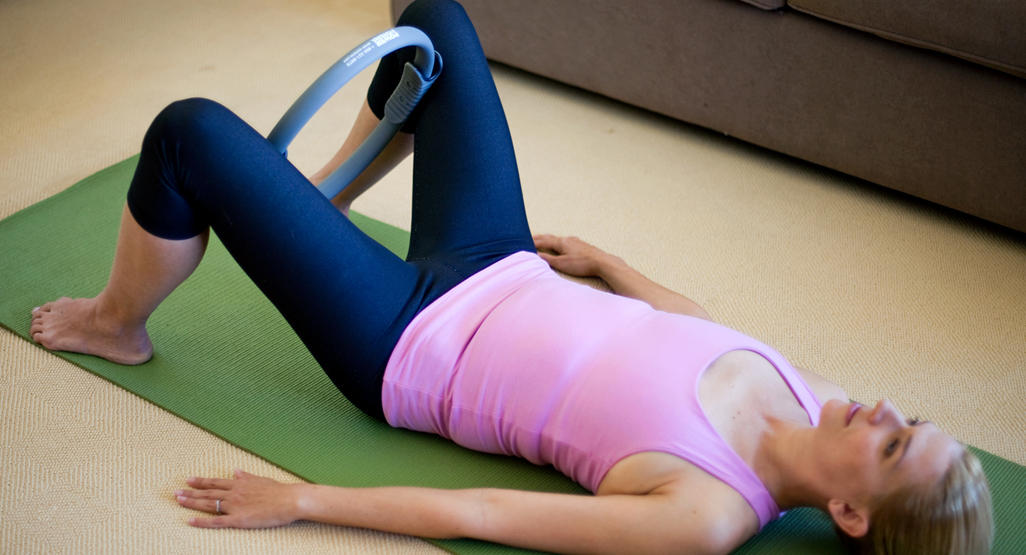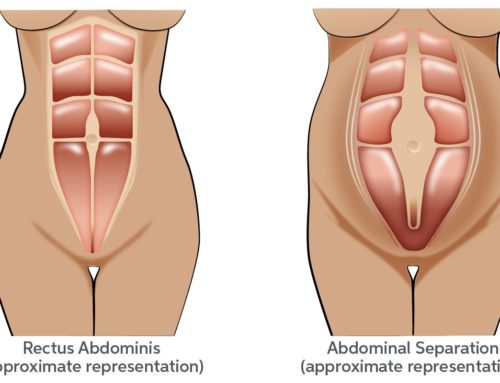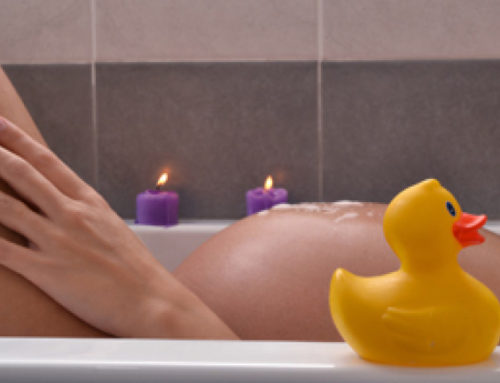My pelvic?”… The Pelvic floor is often overlooked, taboo or underestimated. When we have a problem, we usually learn more about the pelvic floor. Today, I’d like to show you how your pelvic floor muscles work normally.
You’ll learn more about them, and be better equipped to protect this complex and important part of your body. A few common myths will also be covered.
A LITTLE BITE OF ANATOMY
I don’t want you to be overwhelmed by complicated anatomy descriptions so let’s keep this short and sweet.
Location of the pelvic floor muscles
The pelvic floor is a fitting name, as it is located at the bottom of your pelvis and closes off any opening that could allow abdominal and pelvic contents to fall through.
Attachments to the pelvic floor muscles
The pelvic floor muscles is a group that is located at the base your pelvis. Your pelvic floor muscles attach to your tailbone, pubic bone and pelvis. They extend from the pubic bone to your tailbone (front-to-back) and attach inside the 2 sitz bones, which are located on each side of the ischial spines.
The pelvic floor muscles can be described as a hammock, trampoline, parachute, hammock or sling. They are able to move up and downward.
You can control them and exercise them even if they aren’t visible. It is similar to the muscles in our legs, arms, or abdomen.
There is a variety of layers in the pelvic floor:
– A superficial layer is used to squeeze the vaginal and rectum entrances.
– & a deep: Supporting your pelvic organs (bladder and uterus, bowel)
The pelvic diaphragm muscle is the deepest and largest layer of the pelvic floor muscles.
Here’s a video by the Continence Foundation of Australia that will help you visualize your pelvic floor muscles. Although I disagree with their explanation of how to exercise your pelvic floors, I will get to that in a moment. For now, let’s focus on the amazing 3D animation depicting the pelvic muscles.
PELVIC FLOOR MOSCLES AND DIAPRAGM – WORKING IN A TEAM
The pelvic floor muscles are not able to work alone.
It is important to remember that the diaphragm and pelvic floor move together. They communicate back and forth.
My video did not recommend squeezing your pelvic muscles. Instead, I suggest that you exercise your pelvic muscles in conjunction with your breathing phases.
Visualize them moving like 2 synchronized jellyfish.
- On the inhale, the diaphragm (and the pelvic floor muscles) fall down.
- On the exhale, the diaphragm (and the pelvic floor muscles) rises up.
For proper function, they depend on one another. Proper alignment is also important for healthy pelvic floor muscle function.
THE PELVIC FLOOR MUSCLES – AN EXTRAORDINARY MULTITASKER!
What is the purpose of the PELVIC FLOOR?
There are many functions to the pelvic floor. 5 main functions are some of them.
* 1. Support pelvic organs (bladder and uterus, bowel)
The pelvic floor muscles and ligaments support the urinary system, intestines, as well as the reproductive organs. The pelvic floor supports the uterus, bladder, and bowel. Without them, the pelvis could become unstable and the bowel could fall. This could lead to prolapse of the pelvic organs. The pelvic floor muscles provide support to the baby during pregnancy and aid in giving birth.
* 2. Manage and control your continence (both sexual and urinary)
The pelvic floor muscles wrap around your body’s exit channels. They keep stool and urine inside the body by keeping them tightly shut. However, they can relax to allow for content to escape when it is time.
* 3. Allow sexual function
During sex and/orgasm, the pelvic floor muscles are activated. They are also responsible for increasing sexual satisfaction and tone.
These muscles are vital for men’s erectile function, and ejaculation.
Squeezing the pelvic floor muscles of women can increase sexual sensation. For orgasm to occur, you need sufficient strength in the pelvic floor muscles.
* 4. Provide stability for the spine/pelvic area
The pelvic floor muscles, which attach to the hips and pelvis, are an integral part of your core. The stability of the spine and pelvic region is provided by the diaphragm, back muscles, pelvic muscles, and pelvic floor muscles.
Imagine your stomach as a canister.
- The pelvic floor is also known as the floor.
- The roof is made up of the diaphragm and the roof.
- The sides are the back and abs
Your pelvic floor muscles must be able fire quickly and then relax quickly to deal with the stresses of daily life. They stabilize every movement (jumping and sneezing, laughing
* 5. Sump-pump
The pelvic floor muscles work in the same way as your feet pump blood and lymphatic liquid back up to your heart.




